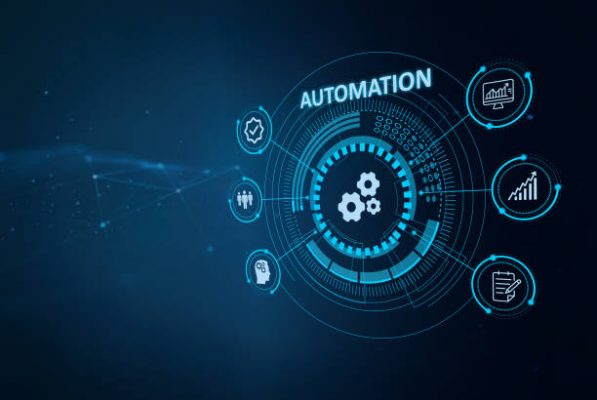
- April 18 2025
- SFI Solution Team
How Smart Factories Use Integration for Industrial Automation
The emergence of Industry 4.0 has transformed conventional manufacturing systems through the establishment of smart factories that utilize cutting-edge technologies, including the Internet of Things (IoT), artificial intelligence (AI), robotics, and big data. Central to this change is the concept of integration. Effective system integration is essential for optimizing industrial automation processes, facilitating real-time data sharing, and improving decision-making abilities. In this blog, we will examine how smart factories leverage integration to enhance their automation systems and why it serves as a fundamental element of contemporary manufacturing.
Understanding Smart Factories and Industrial Automation
A smart factory is a highly digitized and connected production facility that uses a combination of technologies to automate and improve manufacturing processes. Industrial automation refers to the use of control systems, such as computers or robots, and information technologies for handling different processes and machinery in an industry to replace human intervention.
Integration in this context means connecting various devices, systems, platforms, and processes so they can communicate and work together efficiently. This interconnectedness is what differentiates a smart factory from a traditional one.
Key Technologies Enabling Integration in Smart Factories
-
Industrial Internet of Things (IIoT) : IIoT devices collect and transmit data across the factory floor, enabling seamless monitoring and control.
-
Cloud Computing : Centralized platforms for data storage and analytics, supporting real-time insights and remote access.
-
Edge Computing : Facilitates faster decision-making by processing data closer to the source.
-
ERP and MES Integration : Linking Enterprise Resource Planning (ERP) systems with Manufacturing Execution Systems (MES) ensures synchronization between business operations and manufacturing processes.
-
Digital Twins : Virtual replicas of physical assets that allow simulation, monitoring, and predictive maintenance.
Benefits of Integration in Industrial Automation
-
Improved Operational Efficiency
Integration reduces redundancies, optimizes workflows, and improves communication between departments. -
Real-Time Monitoring and Control
Integrated systems provide real-time visibility into operations, allowing quick responses to issues. -
Enhanced Predictive Maintenance
By analyzing data from connected machines, smart factories can predict failures and schedule maintenance proactively. -
Increased Productivity
Automated, synchronized processes reduce downtime and increase throughput. -
Better Decision Making
Access to accurate, real-time data supports informed strategic and operational decisions.
Challenges in Implementing Integration
-
Legacy System Compatibility
Older equipment may not be compatible with new integration standards. -
Data Security Risks
More connectivity increases vulnerability to cyber threats. -
High Initial Costs
The investment required for full-scale integration can be substantial. -
Complexity of System Integration
Bringing together different systems and protocols can be technically challenging.
Best Practices for Successful Integration
-
Start with Clear Objectives
Define what you aim to achieve with integration. -
Choose Scalable Solutions
Select technologies that can grow with your business. -
Ensure Interoperability
Opt for systems and software that support open standards. -
Invest in Cybersecurity
Protect data integrity with robust cybersecurity measures. -
Train Your Workforce
Empower employees with the skills needed to manage integrated systems.
Conclusion
Integration is not just a technical necessity but a strategic enabler in the age of smart manufacturing. By unifying systems and processes, smart factories can unlock the full potential of industrial automation, leading to increased efficiency, reduced costs, and enhanced competitiveness. As Industry 4.0 continues to evolve, the ability to integrate seamlessly will be the hallmark of successful manufacturing enterprises.
Previous Post